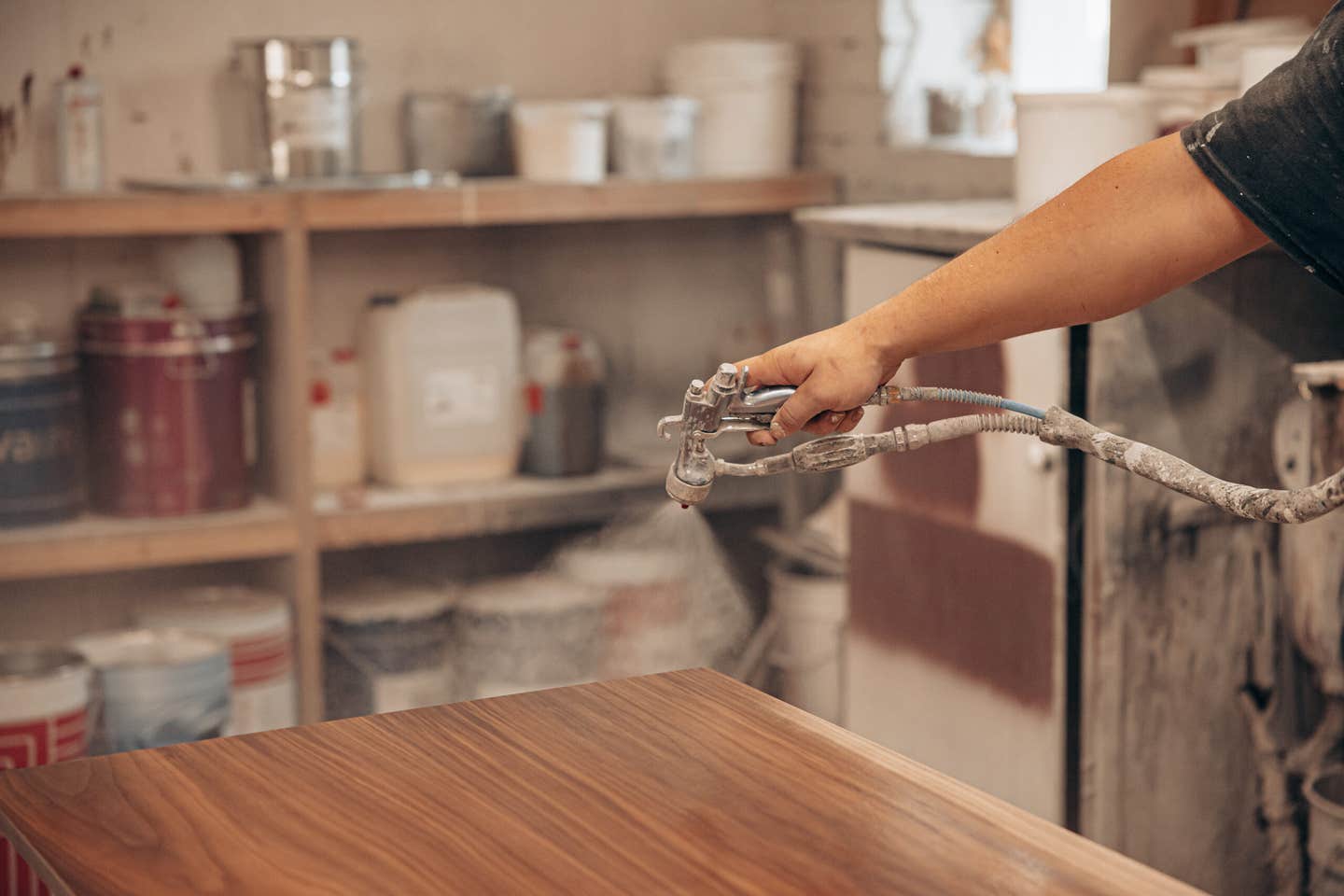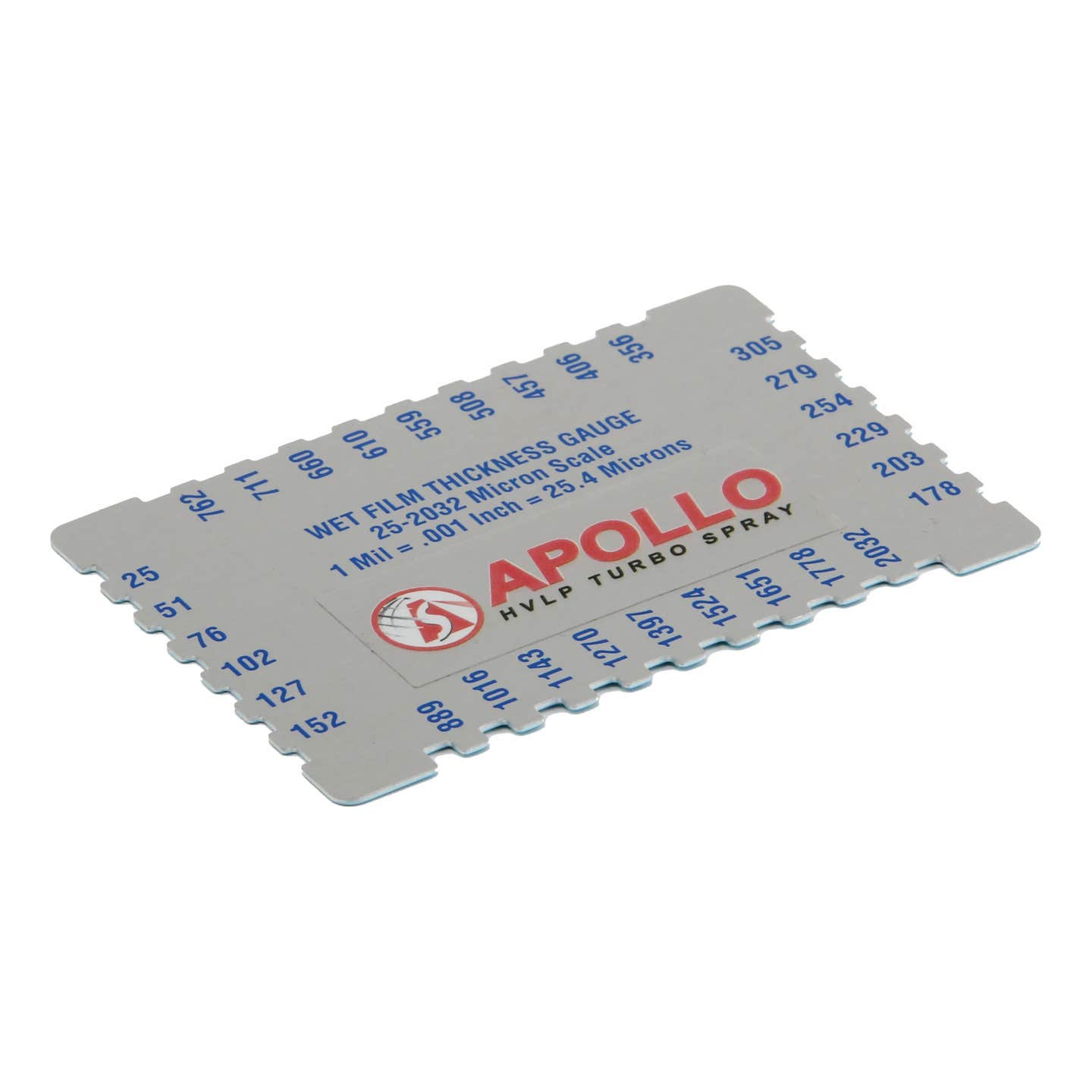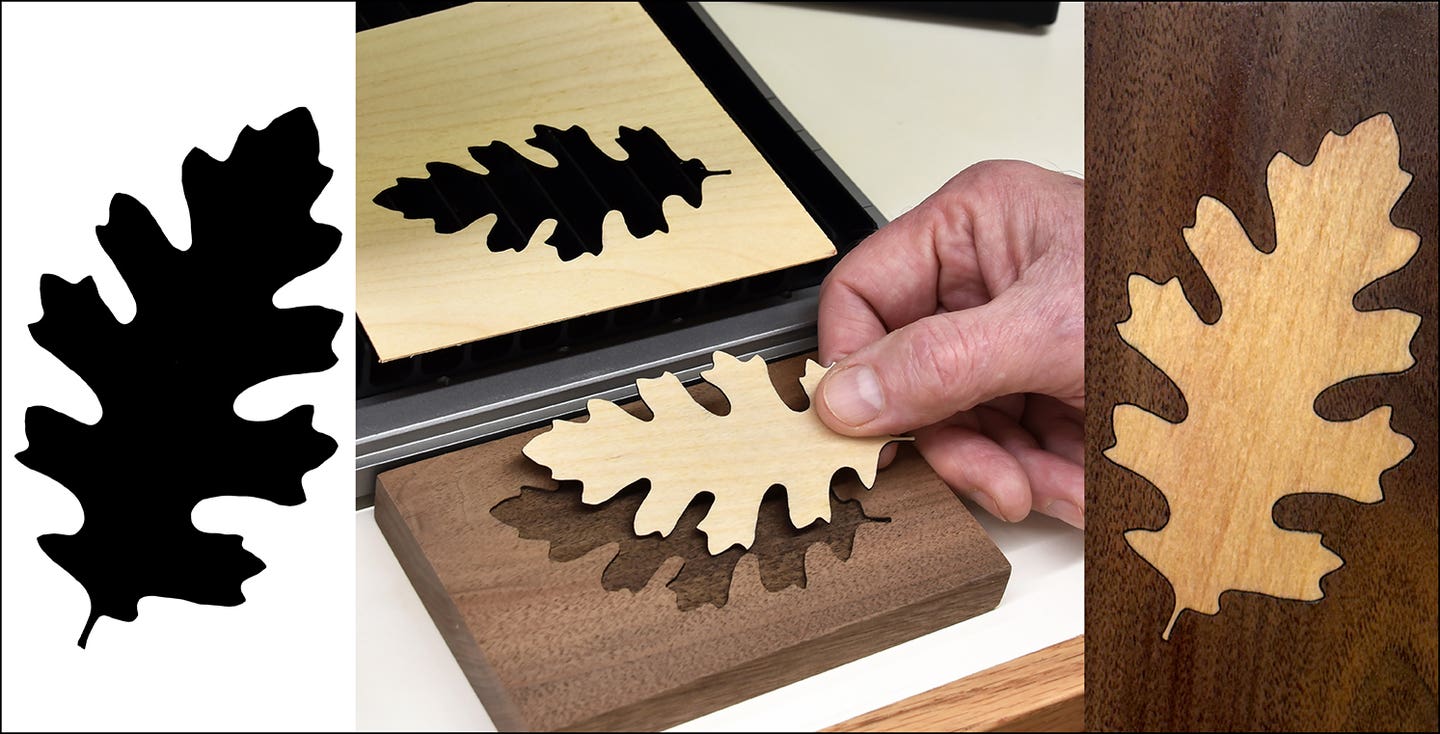The domino effect of colder temps
With colder temperatures upon us, finishers will start noticing that their coatings are acting differently. We will see issues that we haven’t seen in quite a while and may not…
With colder temperatures upon us, finishers will start noticing that their coatings are acting differently. We will see issues that we haven’t seen in quite a while and may not understand the cause.
The good news is that you are probably not the cause of the issues. The bad news is that Mother Nature is putting a pause on your timeline and messing with your results. Coatings do not have a brain, so they don’t decide when they want to mess with you. Coating actions are influenced and based on chemical reactions, which are affected by time and temperature.
For starters, dry time will double for every 11 degrees of temperature drop. For example, the coating that was normally drying in 30 minutes at 77 degrees F per manufacturer’s specs will now take one hour to dry at 66 degrees. Change the temperature to 55 degrees and you are looking at a minimum of two hours of dry time. Any attempt to finish anything in temperatures below 55 degrees could jeopardize the complete curing process. It will eventually dry, say after four to eight hours, but the proper chemical reaction has been compromised.
Humidity will also play a role in dry time and the appearance of a coating. Humidity is the amount of measurable water vapor in the air. When that is saturated higher than around 85 percent with water, the solvents in our coatings will evaporate more slowly, causing the coating to dry more slowly. The appearance of our coating can be affected by trapped moisture under the film that causes a blushing or uneven sheen, and, in some cases, humidity can cause wrinkling if coatings are not cured properly between coats.
Moisture content in our substrate will increase as the humidity increases. This will cause the wood to expand. When humidity decreases, the wood will shrink. It is important to be mindful of this as moisture in the wood can cause blistering or peeling in the finish. When sanding, the moisture content can affect our sanding profile for color and adhesion. Remember that cell structure changes with temperature and humidity which will directly affect the penetration and adhesion of coating. The ideal moisture content is 6 to 8 percent. However, normal moisture content is around 7 to 19 percent.
The temperature of the surface being coated also affects our results. If the surface temperature is too hot, the coating dries too quickly, resulting in poor flow, pinholes, blistering, and bubbles in the surface. There is also the risk of uneven drying, which causes bumps and a rough texture. If the surface temperature is too cold, the coating will take longer to dry. That increases the risk of contamination or an incomplete cure. A cool surface also slows evaporation, which can raise the grain since the wood is wet longer.
When it comes to spraying, temperature impacts the actual flow and spray pattern. If the coating is too cold, it can spit, spatter, orange peel, and won’t level properly. If the coating is too hot, the coating comes out too misty. The ideal temperature for the coating and substrate is 70 to 75 degrees F.
Temperature also plays a significant role in the coating’s viscosity, which in turn will affect how well the coating levels and flows out on the surface. When the temperature is hot the viscosity tends to decrease flowing evenly, verses when the temperature is cold the viscosity will thicken and not flow well at all.
You can adjust the viscosity of the coating by warming it up or by reducing the material with a solvent. Warming the coating is a better way to get better flow results without changing the properties of the coating. I like to use the analogy of pouring syrup over a stack of pancakes. If the syrup is stored in the refrigerator, it will just lay on the top of the pancakes. Warmed syrup will flow evenly over the top and soak into the pancakes. Adding water to the syrup will get it to flow better but will change the flavor.
The temperature of the substrate will affect our finish’s viscosity almost immediately after it is applied, so watch that you keep the coating and substrate temperature within 11 to 12 degrees of each other to avoid or minimize condensation that will cause a blush or haze trapped under the coating film.
Be sure to maintain a minimum temperature in your shop of 65 degrees F degrees for the first six to eight hours after you have applied your finish to ensure the proper cure.
Remember, “shift can happen” when finishing and temperature can be a big part of that.
Diane Shattuck is a finisher, consultant, guest speaker, writer and teacher. She can be contacted at dianeshattuck@msn.com. Questions, suggestions and comments are always welcome.







